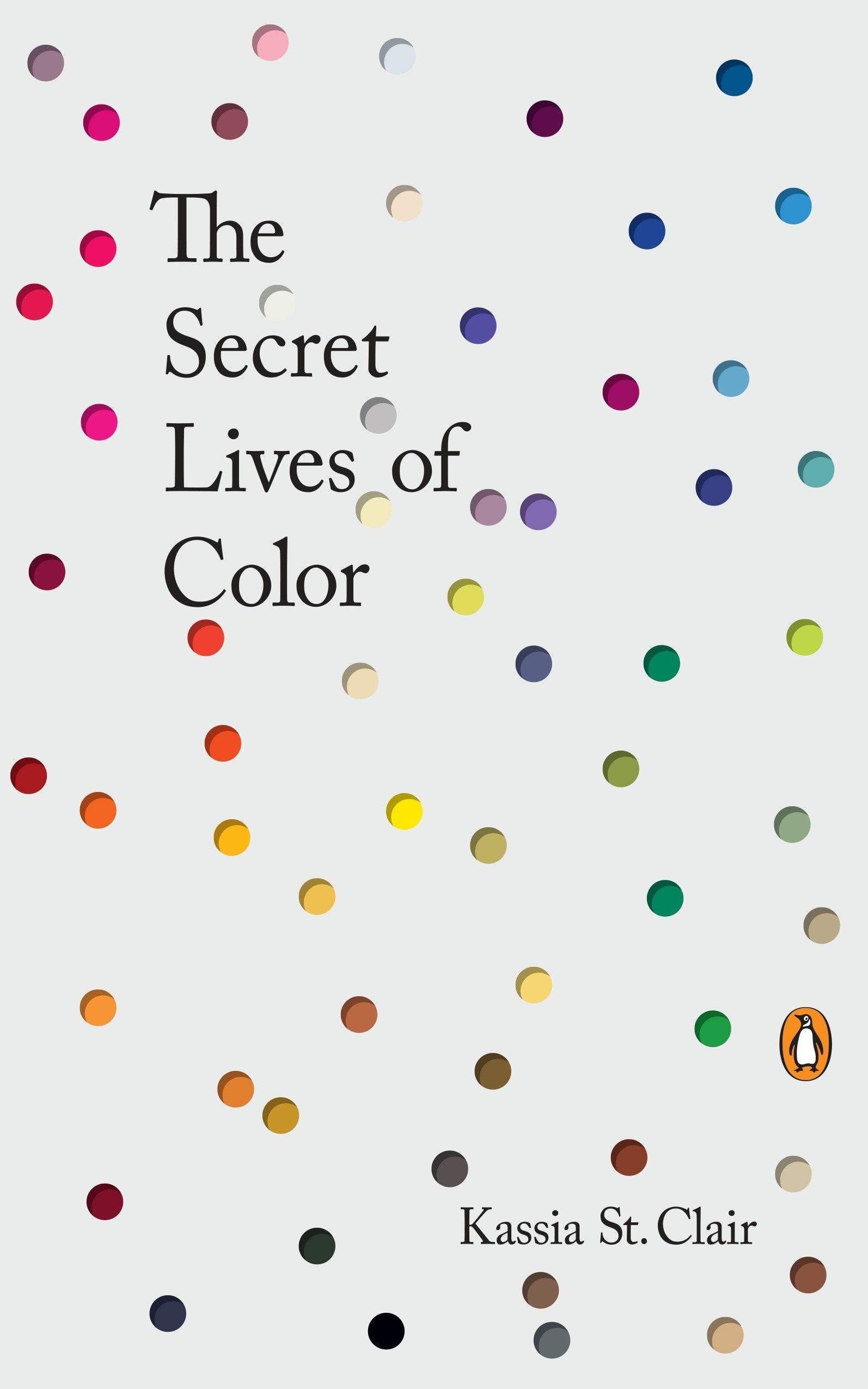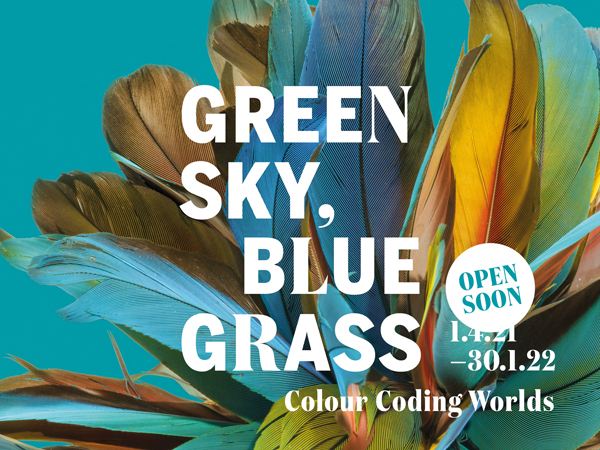The Secret Lives of Colour
St Clair, Kassia: The Secret Lives of Colour. London: John Murray. 2016. 320 pages.
The journalist Kassia St Clair first discovered her fascination with colour when she came across archaic adjectives for the colours used to describe 18th-century women’s fashion. This was what inspired her to give detailed explanations of 73 different hues in her book, illustrated simply with strips of colour.
In discussing the colour nude, for example, the author talks about the European ethnocentric perspective and entreats people to bear the many difference nuances of skin tones in mind. In the 1970s, the calming influence of the colour Baker-Miller pink meant that it was used on the walls of numerous prison cells and drunk tanks. One particularly interesting section concerns the native European plant dye woad, and the attempts of the woad trade to keep indigo – a cheaper dye that was extracted in India – out of the European market.
St Clair provides information about the manufacturing process and raw materials involved in natural dyes: greyish-brown lichens can be used to produce dark purple; red can be extracted from madder roots as well as kermes and cochineal insects; certain kinds of sea snails are the source for Tyrian purple (also known as imperial purple); various types of earth and mineral pigments achieve the same thing. Anyone who wants to know where the pigments for the colour gamboge come from can read it here – and will discover that not only artists but also pharmacists and physicists appreciated its effects.
Going all through the spectrum from lead white to pitch black, these articles are both informative and entertaining and should be hugely interesting for anyone who is interested in culture.
Save the date! Our upcoming exhibition is all about colour.


